The only remaining big ice sheets left are on Greenland and Antarctica and they can be divided into four different significant regions with very different circumstances and very different potentials for adding to sea level rise.
East Antarctica is fortunately very high and extremely cold so there is no surface melting and most of the ice sits on rock so there is very little melting from underneath except where ice flows move out over the ocean. There is melting from the underneath of ice shelves around the edges and these ice shelves are massive but as they are already in the sea they do not contribute to sea levels. There is loss of ice but there is also snow falling in greater quantities on the shoulders of the continent and therefore there is only a modest loss of mass balance.
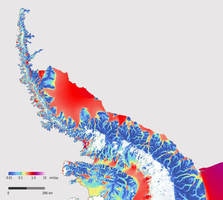
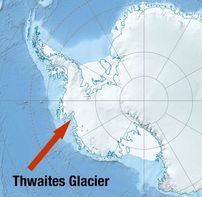
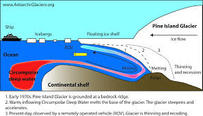
The warm water melts the ice from below and as the ice shelf thins it breaks up, just as Larson’s A, B and C have, and the ice shelf retreats. As it gets closer to the coast the ice is sitting on the sea floor and much thicker and higher than floating ice.
Ice is brittle and has a maximum size that it can maintain before it collapses. This would be a cliff face of 90metres above sea level and above that it will collapse.
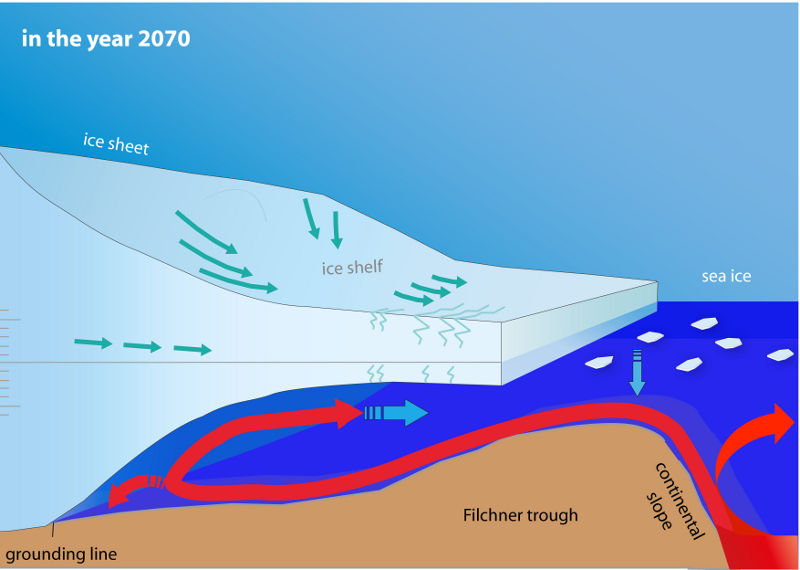
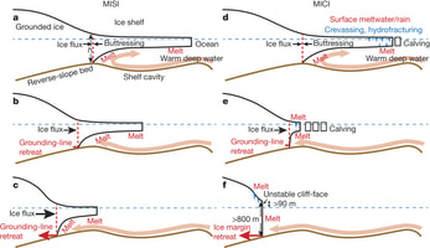
This process of rapid collapse would quickly get back to land based glacier which, without buttressing support would quickly start slipping into the sea. This scenario could produce a pulse of sea level rise.
The illustration leads you from A to F and shows how the warmer melts the ice from below, when the melting gets past a shallow ridge on the sea floor B the warm water reaches deep behind the ice face C and collapses the floating ice shelf. D + E shows how the retreating ice reaches thicker grounded ice. The last illustration F shows the unstable cliff face of the thicker ice and this is the point of rapid collapse.
In summary the Antarctic region is currently has a nett loss of 125 gigatons of ice a year which would raise sea levels by 0.3 mm a year. 3 mm a decade does not sound much, but much of the current melting is of ice that is already in the sea, it is accelerating and when the shelve are gone the glaciers behind them will start to slip and they will add significantly towards the one metre disaster level.
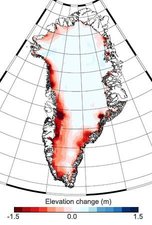
The central plateau of Greenland is 3000 metres high and up until recently it did not melt but since the late 1990’s it has been melting quite frequently. Some of this is due to rising temperatures but it is made worse by dark soot from industry, aeroplanes and forest fires, covering the clean reflective snow, absorbing heat and encouraging melting. Once the snow has melted it is a darker colour and becomes significantly less reflective and more prone to absorbing heat.
The warm water melts its way down through the ice and forms holes called moulins which carry the water deep into the bed of the ice sheet. This warm water will unstick the ice from the bedrock so that 3-kilometre-thick ice will lurch suddenly towards the ocean. In some cases, the water makes its way to the sea and adds to sea level but in other cases it sits inside the ice as a reservoir of liquid water and may become part of a later pulse in rapid sea level rise
Satellite measurements show that the surface of Greenland is dropping noticeably and the meltwater is adding to sea level rise.
Around the coast of Greenland, it is suffering the same problems as West Antarctica with deeper warm water, melting from below the ice tails of the glaciers that sit in the water. As these glaciers melt and break up they no longer buttress ice from further up the valleys, which increases their speed to the sea.
it’s all about the timing.
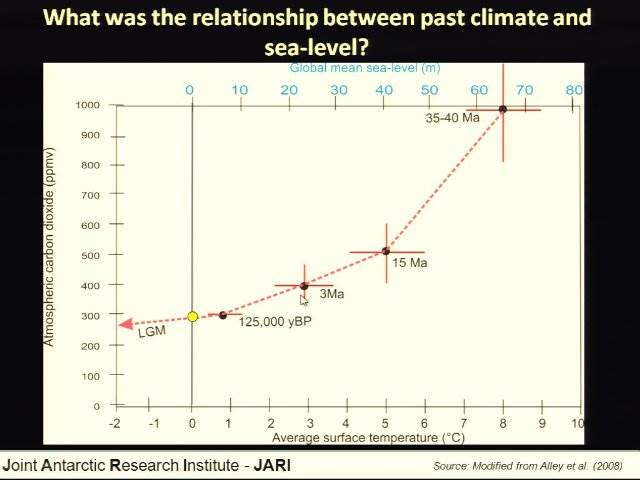
The yellow dot represents today. The black dot is the peak of the last warm period with CO2 levels at 300 ppm and sea levels 7 metres higher than today.
The first large red cross is 3 million years ago when CO2 levels were at 400 ppm and sea levels were 20 metres higher and it was 3 C warmer.
The second red cross is where we are headed with CO2 at 500 ppm, sea levels 40 metres higher and the temperature 5 C higher.
This information came from core samples taken from the seabed in Antarctica in the Andrill research project. https://www.youtube.com/watch?v=oZHRwDHh4B0

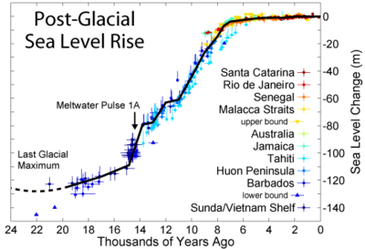
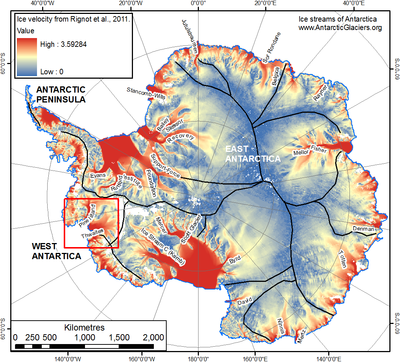
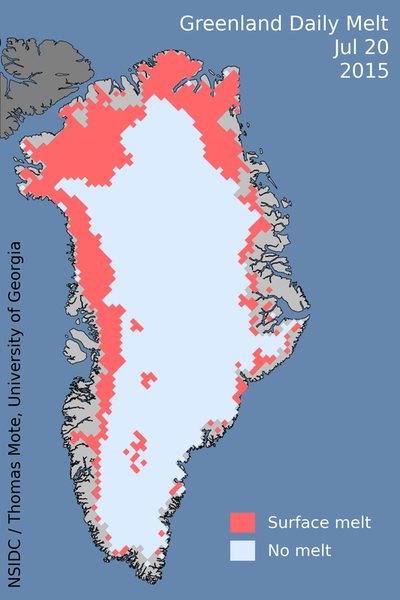

 RSS Feed
RSS Feed